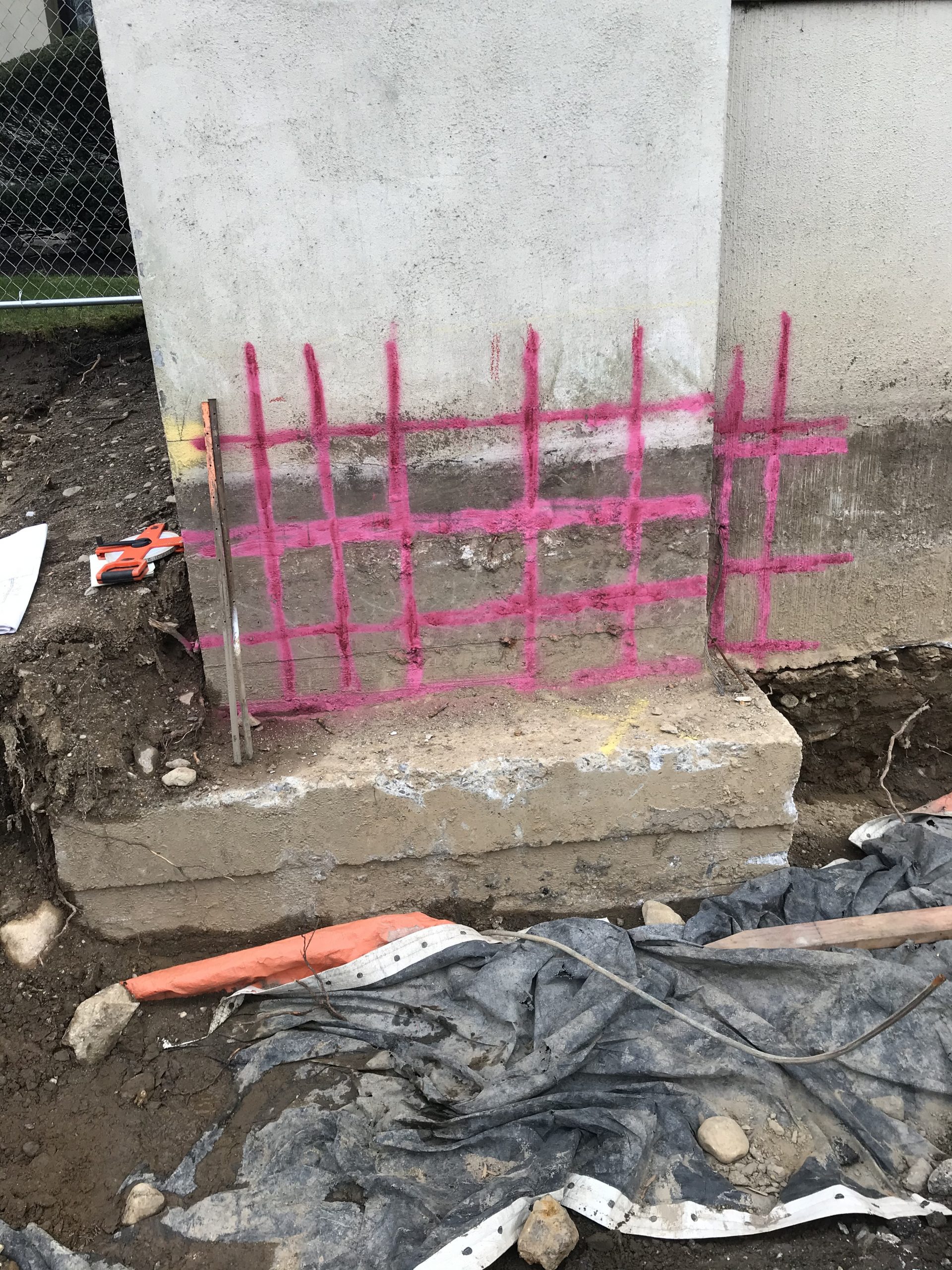Discover Hidden Obstacles with RainierGPR Concrete Scanning Technology
Discover Hidden Obstacles with RainierGPR Concrete Scanning Technology
Blog Article
Discovering the Key Benefits of Concrete Scanning in Construction Projects
In the world of modern-day building and construction techniques, the usage of concrete scanning modern technology has actually arised as a pivotal tool for ensuring task effectiveness and structural stability. From boosting precaution to properly finding energies concealed underneath the surface, the benefits of concrete scanning are complex. The capability to streamline job timelines and reduce costs while protecting existing frameworks is a testament to the value this technology offers the construction sector. As we look into the nuanced advantages of concrete scanning, it comes to be obvious that its effect expands far past surface-level analyses, using a glimpse into the detailed web of advantages waiting to be discovered.
Boosted Precaution
Utilizing sophisticated concrete scanning modern technology improves security procedures on building websites by providing exact detection of prospective risks hidden underneath the surface. This modern technology allows construction teams to determine rebar, conduits, post-tension cords, and other obstructions prior to excavation or drilling, significantly lowering the risk of crashes. By pinpointing these elements precisely, workers can stay clear of damaging vital structural elements, thus avoiding injuries, hold-ups, and expensive repairs.
Furthermore, concrete scanning plays a crucial role in ensuring the honesty of existing structures during improvements or developments. By detecting weak points, voids, or degeneration within concrete elements, engineers can address these issues proactively, enhancing the overall safety and long life of the building. This aggressive strategy not just mitigates the threat of architectural failures but also lessens the possibility for mishaps triggered by unexpected structural shortages.
In essence, the execution of concrete scanning innovation works as a proactive precaution that safeguards both construction employees and the structural stability of structures, ultimately contributing to the general success and efficiency of building projects. - RainierGPR Concrete Scanning
Accurate Detection of Utilities
Concrete scanning technology facilitates accurate identification of below ground energies, boosting construction site security and efficiency. Precise detection of energies is essential in building projects to stop costly problems, task hold-ups, and most notably, make sure the safety of workers and the general public. By using sophisticated scanning modern technologies such as ground-penetrating radar (GPR) and electromagnetic induction, building teams can map out the area of hidden pipes, cables, and various other utilities with high levels of precision.

Time and Price Efficiency
Concrete scanning technology allows building teams to accurately find rebar, post-tension cable this post televisions, and other embedded objects within concrete frameworks. This specific details assists in staying clear of costly blunders such as unintentional damage to critical components during boring, reducing, or coring activities. Furthermore, by determining potential threats ahead of time, the requirement for expensive repair work or remodel as a result of damages can be minimized, resulting in cost financial savings for the job.

Moreover, the capability to swiftly and properly spot utilities below the surface without creating any damage not only saves time yet additionally avoids expensive interruptions to existing infrastructure. Overall, the time and cost effectiveness advantages of concrete scanning make it an important tool for enhancing construction job administration and implementation.
Preservation of Structural Stability
Protecting the structural integrity of buildings and infrastructure is critical in guaranteeing long-term security and security. Concrete scanning plays a vital function in this conservation process by allowing building and construction specialists to identify possible risks to the structural honesty of a structure or infrastructure prior to they escalate into major concerns. With the usage of innovative scanning technologies such as ground-penetrating radar (GPR) and electro-magnetic induction, building teams can non-invasively assess the condition of concrete structures, locate rebar, post-tension wires, and various other ingrained aspects, and identify any kind of spaces, fractures, or wear and tear within the concrete.
Improved Task Preparation
In order to make certain the successful implementation of building jobs, careful focus to detail and extensive planning are necessary components that stem from a comprehensive understanding of the structural problems determined through concrete scanning. Ultimately, incorporating concrete scanning right into the job preparation stage improves sychronisation among group members, fosters proactive analytic, and contributes to the effective distribution of building jobs within spending plan and routine restrictions.
Conclusion
To conclude, concrete scanning offers countless benefits in building jobs. By boosting security measures, properly spotting utilities, improving time and price effectiveness, protecting architectural integrity, and assisting in job preparation, concrete scanning proves to be an important device for successful task execution. Its capability to minimize dangers, increase efficiency, and ensure job integrity makes it an essential possession for building and construction professionals.
In the world of modern building and construction practices, the use of concrete scanning technology has arised as a pivotal tool for making certain project effectiveness and structural honesty.Concrete scanning technology Look At This makes it possible for construction teams to properly locate rebar, post-tension cords, and other ingrained items within concrete frameworks. Through the use of advanced scanning technologies such as ground-penetrating radar (GPR) and electro-magnetic induction, building and construction teams can non-invasively evaluate the condition of concrete structures, find rebar, post-tension wires, and various other embedded aspects, and determine any kind of voids, splits, or deterioration within the concrete.
In order to guarantee the successful execution of building and construction projects, precise interest to detail and comprehensive planning are necessary parts that stem from a comprehensive understanding of the structural problems identified through concrete scanning. Ultimately, incorporating concrete scanning into the job preparation stage improves control amongst group participants, cultivates aggressive problem-solving, and contributes to the successful delivery of building and construction jobs within budget plan and routine constraints.
Report this page